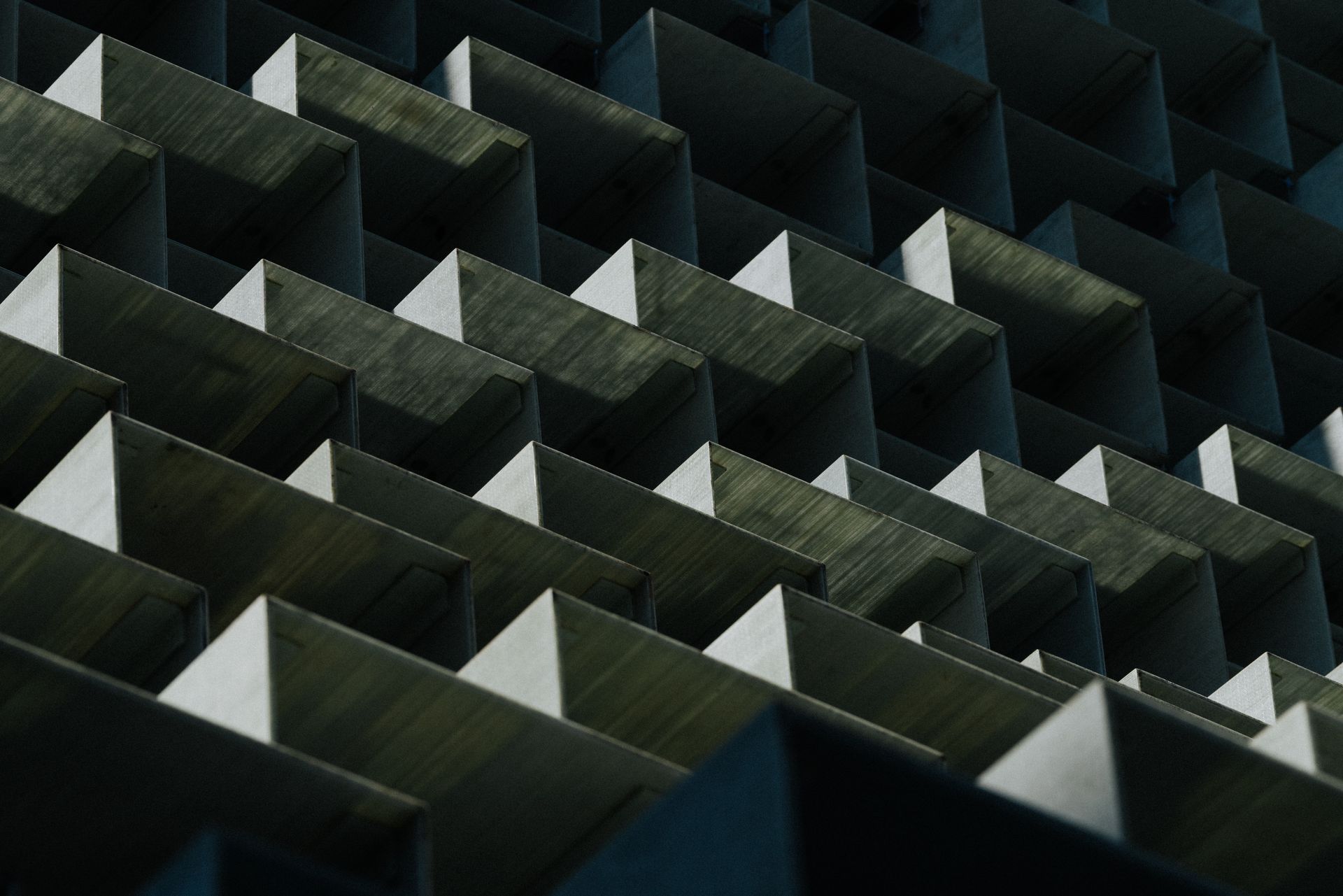Ensuring Proper Wall Insulation with Drywall Steel Studs
As the cost of wood continues to rise consistently, the use of drywall metal studs for framing is gaining popularity. While many construction steps for metal framing resemble those for wood, there are notable distinctions. One such difference is the insulation process, which varies from wood framing.
In this article, we'll explore these distinctions and provide expert guidance on achieving optimal results.
Why Insulation Is Important in a Building
Insulation in a building helps stop heat from escaping and lowers your heating and cooling bills. When you properly insulate the houses you build, it saves your customers money on energy and makes their homes more comfortable.
Heat flow might sound complicated, but it's about how heat moves. Heat moves in three main ways: conduction, convection, and radiation. Imagine this: when you place a spoon in a hot cup of coffee, the heat travels through the spoon's handle to your hand.
Another way heat moves is through convection. This happens when warmer air rises because it's lighter, while cooler air sinks. After all, it's denser in your house.
Lastly, there's radiant heat travels in a straight line and heats up anything solid in its path. The ability of your insulation to stop heat from flowing is measured using the R-value.
Types of Wall Insulation Materials and Their Advantages
Different materials offer varying levels of insulation, which depend on how thick they are. For regular 2x4 walls, you can find fiberglass batts with different densities, ranging from low to high, and R-values between 11 to 15. If you choose sprayed foam insulation for the same wall space, it can have R-values between 14 and 28, depending on your chosen product.
Fiberglass Batts: The Popular Choice
Three main types of insulation work well with metal studs: fiberglass batts, foam board, and spray foam. Each has pros and cons, but fiberglass is the most commonly used in the industry.
Fiberglass Batts
Fiberglass batts are the most prevalent type of insulation used in metal stud framing. They're simple to install and cost-effective. You can find fiberglass batts in different widths to fit between metal studs, and you can cut them to the right length with a utility knife. These batts come in two varieties: faced and unfaced. Faced insulation has an attached paper or foil layer, which acts as a moisture barrier. It's the most commonly used type in residential construction.
Foam Board and Spray Foam: Great Choices for Insulation
Foam Board
Foam board insulation is like solid boards of insulation. It comes in different thicknesses, from very thin (1/4 inch) to thicker (2.5 inches). The insulation power, the R-value, ranges from R-4 to R-8 for each inch of thickness. People usually use foam boards in basements but can also work with steel studs. When used with steel studs, it's often put on the outside of the studs instead of in between them.
Spray Foam
Spray foam insulation is one of the best but can be costly. It's applied as a liquid and expands as it dries to fill gaps between metal studs, making a tight seal. The R-value for spray foam is between R-6 and R-9 for each inch of thickness.

How to Properly Install Insulation in Metal Stud Walls?
1. Select the Right Insulation
Start by choosing insulation designed for commercial structures. Unlike the narrower 15-inch insulation used in residential wooden stud walls, commercial insulation is typically 16 inches wide. It's more robust and durable, making it a better fit for metal stud cavities.
Moreover, commercial insulation boasts enhanced durability and robustness, capable of withstanding the rigors of commercial construction. This resilience guarantees that the insulation remains effective over time, contributing significantly to the commercial space's energy efficiency and enduring comfort.
In essence, selecting the right commercial insulation ensures a proper fit and guarantees long-term performance and efficiency in insulating metal stud walls.
2. Measure and Cut
Using a utility knife, cut the insulation batts to match the height of your wall. Make sure they fit snugly between the metal studs.
Achieving a precise fit is essential, as it maximizes the insulation's thermal efficiency and prevents unwanted drafts and heat loss. Properly measured and cut insulation is the foundation of an energy-efficient and comfortable interior environment, making it an integral part of the insulation installation process for metal stud walls.
3. Position the Insulation
Unlike wood studs, where insulation is attached with staples, the insulation is held in place by pressure in metal stud walls. Push the cut insulation batts firmly between the metal studs. Ensure that the insulation is pulled forward to the front of the stud so there are no gaps left between the insulation and the stud flange.
4. Dealing with Web Exposures
In cases where you need to fit insulation within a section of the wall where the face of the metal web is exposed on one side, place the cut side of the insulation into the stud with the flange of the metal stud exposed. This ensures a secure fit.
Install Insulation on Steel Stud Wall With a Reliable Contractor
When insulating steel stud walls, having a dependable contractor by your side is essential. The success of your insulation project often hinges on collaboration and expertise. Enlisting the support of a reliable drywall contractor can make the insulation installation process smoother and more effective.
Trust Orbital Walls and Ceilings to help you with various aspects of insulation installation, from choosing the right materials to ensuring proper techniques are employed. Our contractors can provide valuable insights, guidance, and assistance throughout the project, ultimately leading to a well-insulated and energy-efficient space.

